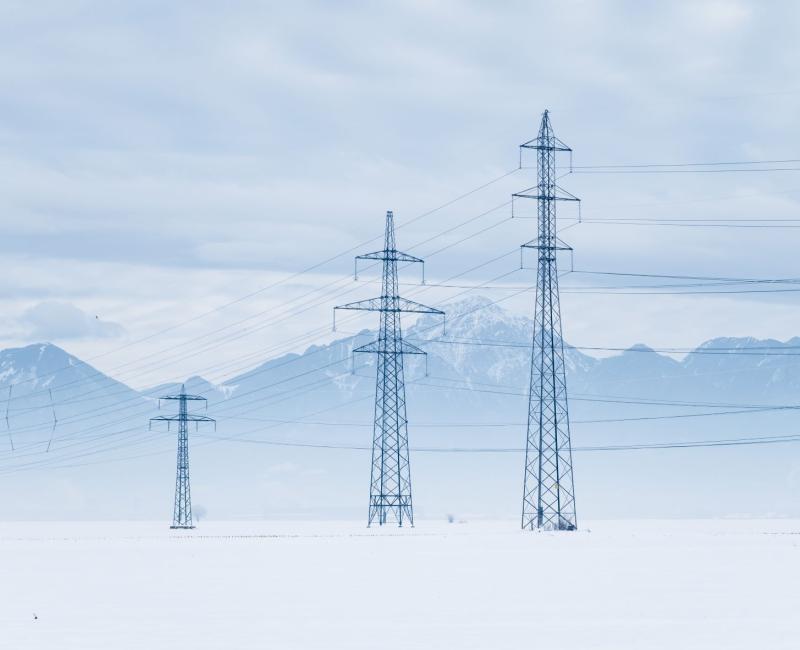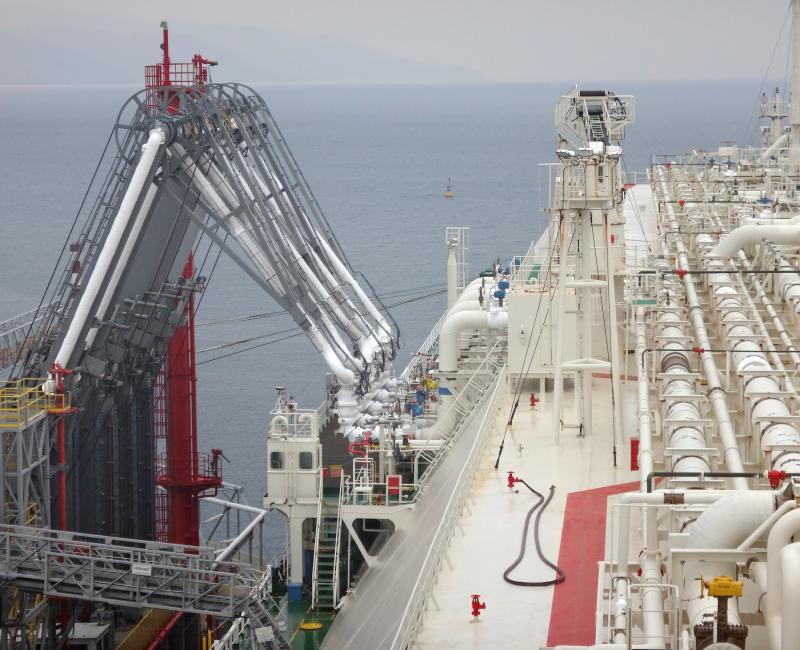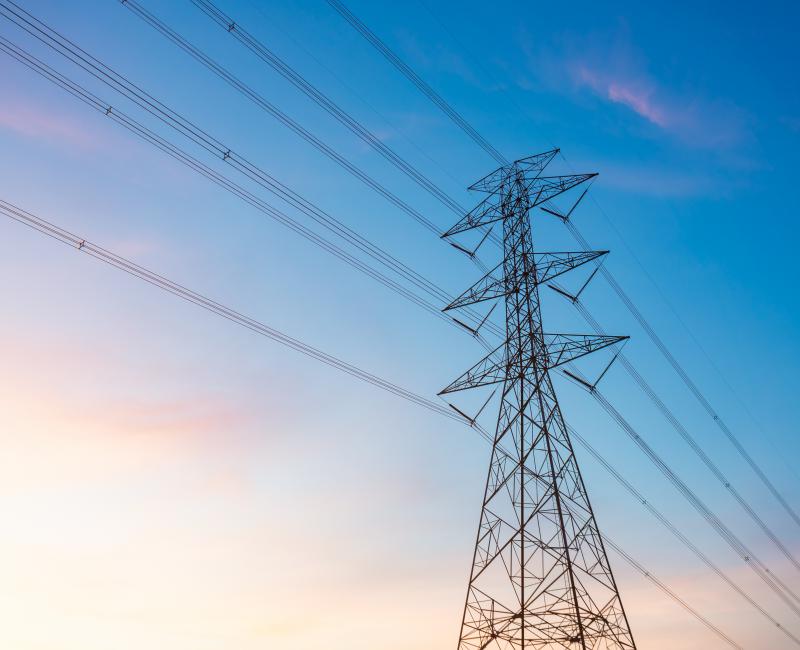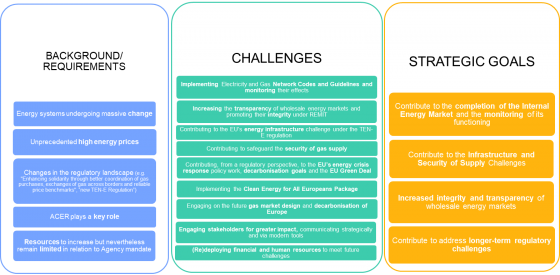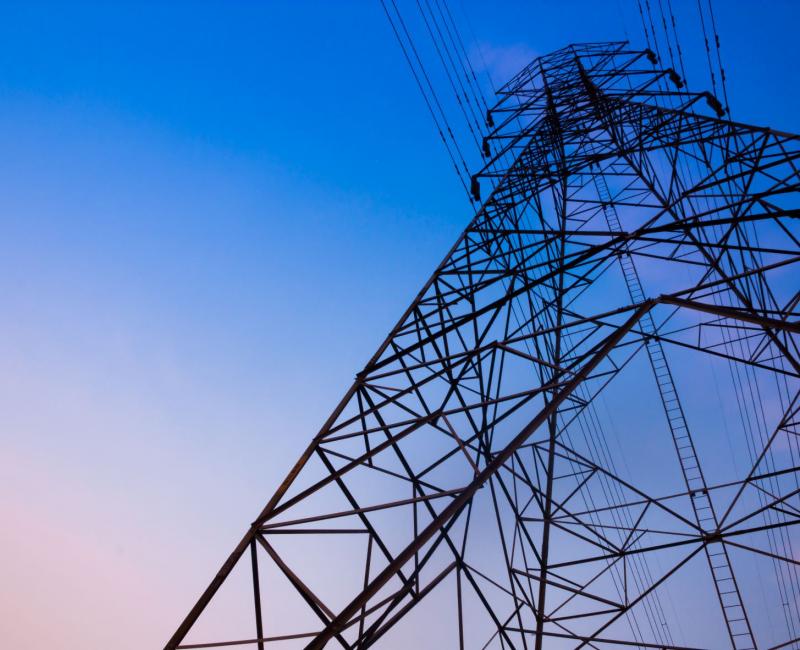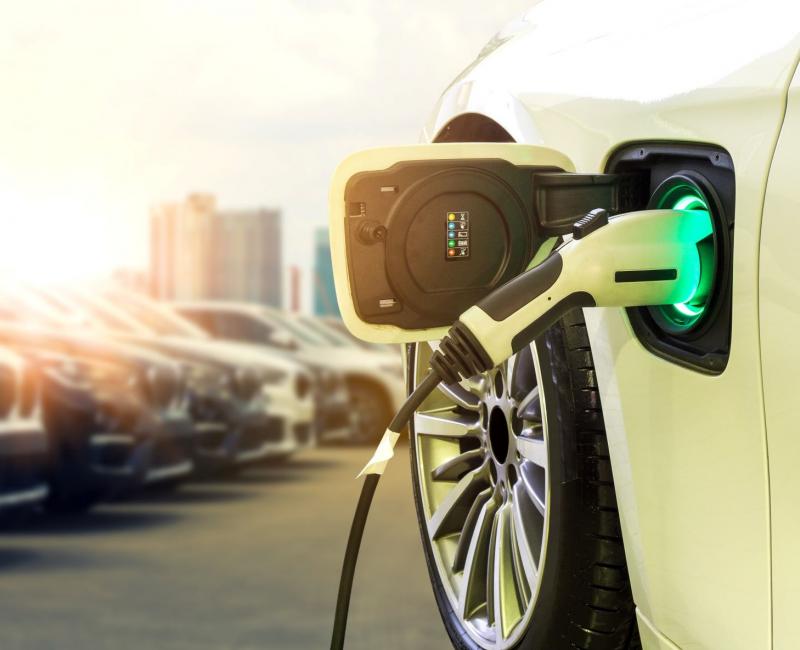Market Correction Mechanism
Market Correction Mechanism
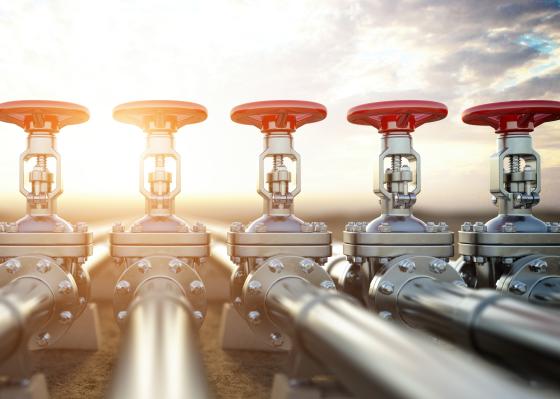
The Council Regulation (EU) 2022/2578 of 22 December 2022 and the European Commission’s Implementing Regulation (EU) 2023/736 of 31 March 2023, established a gas “market correction mechanism to protect Union citizens and the economy against excessively high prices” (MCM Regulation). It entered into force on 1 February 2023 for a period of one year. In December 2023, the MCM was extended until 31 January 2025.
What was the MCM?
The market correction mechanism (MCM) was an instrument designed to limit prices in EU gas markets. It would have been activated if prices at EU virtual trading points moved above certain levels, including above the LNG import price.
The MCM applied originally to the Dutch Title Transfer Facility (TTF) gas price only. Regulation (EU) 2023/736 (of 31 March 2023) extended the MCM also to other EU virtual trading points, besides TTF.
The MCM was not applied to over-the-counter transactions (OTC).
ACER and ESMA effects assessment reports
The Regulation tasked ACER and the European Securities and Markets Authority (ESMA) with assessing the market effects from the introduction of the MCM and submitting their MCM effect assessment reports to the European Commission by 1 March 2023.
The aim of the two reports was to assist the Commission in its decision of extending the Market Correction Mechanism (MCM) to the derivatives traded at other Virtual Trading Points (‘VTPs’) in the EU and in assessing whether the key design elements of the MCM needed to be reviewed. ACER and ESMA published preliminary reports on 23 January 2023.
In their final assessment reports (1 March 2023) on the effects of the MCM (see below), neither ACER nor ESMA have identified significant impacts (positive or negative) that could be unequivocally and directly attributed to the adoption of the MCM. However, one should not infer from this that the MCM might not have had any impacts on markets or on security of supply.
How did the MCM work?
The MCM Regulation tasked ACER with calculating and monitoring the following elements with a view to activating and deactivating the MCM bidding limit:
-
Reference price defined as a basket of indexes aiming at reflecting the liquefied natural gas (LNG) import price to the EU;
-
Front-month TTF derivative settlement price.
ACER would have activated the MCM bidding limit had the following two conditions been satisfied:
-
Front-month TTF derivative settlement price above 180 EUR/MWh for three consecutive working days; and
-
Front-month TTF derivative settlement price 35 EUR/MWh above the MCM reference price during the same period.
Upon activation, ACER would publish a notice on its website, stating that a market correction event had occurred, no later than 23:59 CET on the day of event.
Upon the activation of the MCM, orders on TTF derivatives (front-month to front-year) 35 EUR/MWh above the MCM reference price (which is a basket of LNG import indexes) could not have been accepted. Had the reference price been lower than 145 EUR/MWh, the MCM bidding limit would have been set at 180 EUR/MWh.
This MCM bidding limit would have applied until:
-
ACER published a deactivation notice twenty working days from the occurrence of the market correction event if the reference price descended below 145 EUR/MWh for three consecutive working days; or
-
The European Commission suspended the MCM in case of significant deterioration of the gas supply situation in the EU.
The MCM reference price was an approximation of the price to continue importing LNG to the EU. The ACER LNG price assessment and other LNG price indexes were included in the reference price. ACER was required to publish the MCM reference price starting from 1 February 2023 until 31 January 2025.
The MCM mechanism was never activated.
Related Documents
-
 1 February 2023 - 31 January 2025
1 February 2023 - 31 January 2025 ACER report assessing the effects of the MCM on energy markets and on security of supply (1 March 2023)
ACER report assessing the effects of the MCM on energy markets and on security of supply (1 March 2023) ESMA report (1 March 2023)
ESMA report (1 March 2023) Preliminary elements related to assessing the effects of the MCM on energy and financial markets and on security of supply
Preliminary elements related to assessing the effects of the MCM on energy and financial markets and on security of supply PresentationsPresentation at the Council Energy Working Party, Brussels, 31 January 2023
PresentationsPresentation at the Council Energy Working Party, Brussels, 31 January 2023 Preliminary elements related to assessing the effects of the MCM on energy and financial markets and on security of supply
Preliminary elements related to assessing the effects of the MCM on energy and financial markets and on security of supply
